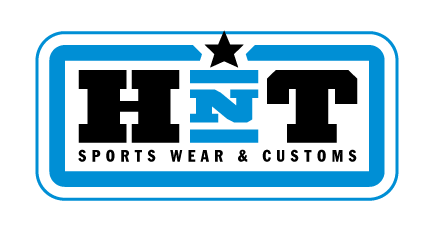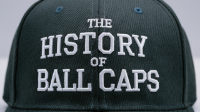The History of Ballcaps
Origins in the 19th Century
- Brooklyn Excelsiors (1860): The baseball cap's journey began with the Brooklyn Excelsiors, an amateur baseball team that wore caps with visors to shield their eyes from the sun. These early caps featured round crowns and short brims, serving both functional and team identity purposes.
- Evolving Design: In the 1890s, caps started to include air holes for ventilation, and by 1901, the Detroit Tigers became the first team to feature a logo on their caps. This era marked the beginning of the modern baseball cap design.
Early 20th Century
- Standardization (1900s): By the early 20th century, baseball caps became more standardized. The "Philadelphia style" cap, introduced in 1908, had a sturdier brim and a higher crown. This period also saw the introduction of caps with longer bills and firmer visors, enhancing their functionality.
- Spalding Influence: The sporting goods company Spalding helped popularize and standardize baseball caps by mass-producing them. This made caps more accessible and consistent in design across teams.
Mid-20th Century Developments
- Introduction of the Snapback (1950s): The snapback closure, allowing adjustable sizing, became a significant innovation. This feature made baseball caps more versatile and popular among the general public.
- New Era Cap Company (1954): New Era introduced the 59Fifty model, a fitted cap with a structured crown and flat brim. This model became the official on-field cap for Major League Baseball (MLB) in 1993, solidifying New Era's place in baseball cap history.
Cultural Impact (1960s-1980s)
- Beyond Baseball: In the 1960s and 1970s, baseball caps became a staple of casual fashion, worn by celebrities and the public alike. They evolved into symbols of American casual style and personal expression.
- Trucker Hats: In the 1960s, agricultural companies began using foam-front hats with logos and plastic adjustable straps, giving rise to the "trucker hat" phenomenon. These hats became popular among long-haul truckers and workers, adding to the cap's cultural significance.
Global Popularity (1990s-Present)
- Explosion in Popularity: The 1990s saw baseball caps become a global fashion accessory, embraced by various subcultures, including hip-hop and streetwear. The cap's versatility made it a favorite among the youth and fashion-conscious individuals.
- Technological Advances: Modern caps use advanced materials like moisture-wicking fabrics and breathable meshes, improving comfort and durability. These innovations have made caps suitable for various activities and climates.
Contemporary Trends
Customization: The rise of digital printing and embroidery technology has made it easier for individuals and organizations to create custom-designed caps. This trend allows for personalized expressions and branding opportunities, making each cap unique.
- Sustainable Materials: Reflecting broader environmental concerns, there is a growing trend toward using eco-friendly and sustainable materials in cap production. Brands are exploring organic cotton, recycled polyester, and other sustainable options to reduce their environmental footprint.
Conclusion
Ballcaps have evolved from simple athletic gear to global fashion staples. Their journey reflects significant changes in society, culture, and technology over the past century and a half. From their origins in 19th-century baseball to their status as modern fashion icons, ballcaps continue to be a symbol of versatility, functionality, and personal expression.
Looking to create your own piece of headwear history? Visit Headz n Threadz for custom-designed ballcaps that reflect your unique style and passion. Whether it's for your team, business, or personal expression, we offer a wide range of customization options to make your cap truly one-of-a-kind. Stop by our store or contact us today to start designing your perfect ballcap!



